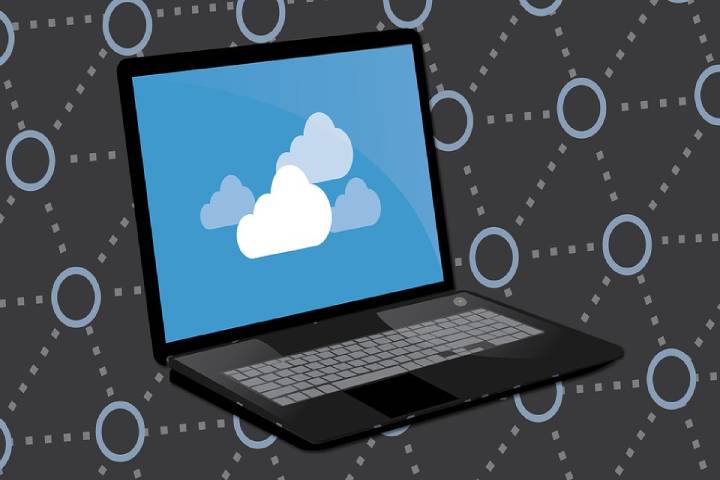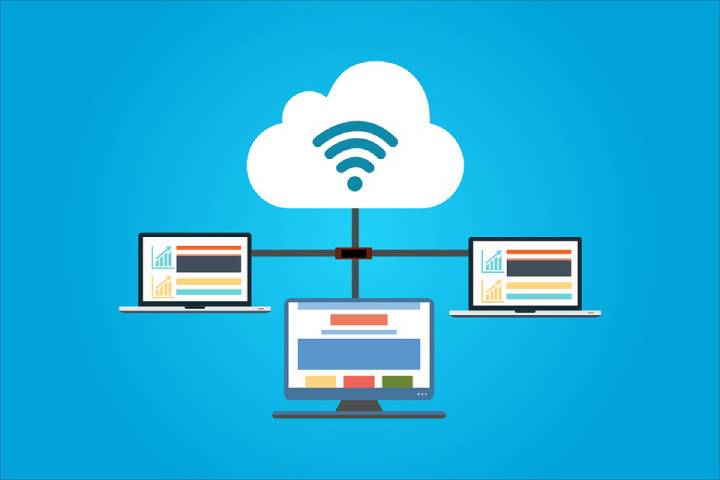Security
The Importance of IT Support and Maintenance for Your Servers
Whether you have opted for on-premise server solutions or cloud-based server solutions, you are still responsible for executing IT support and maintenance regularly, and whenever required.

Many companies that invest in an IT infrastructure seem to believe that it is a one-time effort. Whether you have opted for on-premise server solutions or cloud-based server solutions, you are still responsible for executing IT support and maintenance regularly, and whenever required.
The average lifespan of a server is around 3 to 3.5 years, after which its performance will keep declining, and by the time it reaches its seventh year, the performance will have reduced by 59%. An outdated server can suffer downtimes 62% more than an up-to-date server.
This means ageing servers that are not maintained well can add to your costs. Hence why, you have to treat IT support and maintenance as a critical effort for continued operational excellence, security, and efficient service delivery of your IT systems.
Are you still not convinced? Read on to find more reasons why you should be caring about IT support and maintenance starting today.
Table of Contents
1. What Is Server Maintenance?
Before we focus on the varied advantages of server maintenance, let’s see what it is. Server maintenance is a process of keeping your servers updated and ensuring they are functioning optimally as they should.
As servers act as a repository for all your data, it is essential to keep them in tip-top shape to ensure the safety of all your confidential and valuable information.

2. Benefits of Server Support And Maintenance
a. Keeping Up With Evolving Technology
The world around you will keep updating and upgrading itself to newer technologies and faster means of communication. When your servers cannot match up to the speed of the client applications, you will experience a considerable dip in performance.
b. Protection From Emerging Security Vulnerabilities
Just as systems get upgraded to better performance and functionalities, security threats, too, keep evolving. You need to apply regular security patches and updates to ensure your systems are protected from any new threat or vulnerability. Security patches offer protection from known vulnerabilities and can save you from any possible expensive data breaches.
c. Increasing Storage Needs
As your business grows, you will need better storage and memory requirements. But you may not realize it well enough until you hit a challenging bottleneck that stumps your server availability or causes severe performance issues.
Regular monitoring and logs help you analyze performance issues and figure out the exact root cause of the challenges you might be facing. They also help you figure out the best way to make use of your resources for optimal performance.
Regular maintenance helps you keep an eye on warning signs relevant to storage and performance degradation and encourage timely action before encountering serious data corruption issues.
d. Physical Maintenance
Companies often forget to take care of their servers physically, which results in serious hardware malfunctions and, in some cases, fire breakouts. You will have to ensure your servers are maintained at optimal room conditions with the right temperature and ventilation.
Heat can degrade server performance as well as cause fire accidents. Dust accumulation can also be a severe issue that you will have to take care of with periodic maintenance cleaning. Other physical maintenance activities can include checking and replacing wiring, loose connections, and installations.

e. Data Compliance And Regulations
The data governance protocols and security protocols get updated every year, demanding the corresponding data handling servers be edited to conform to these standards.
f. Incident Analysis And Backup Plans
In case of an attack or server downtime situation, you need to have a recovery plan. Having proper maintenance logs will help you analyze the issue and take the appropriate steps towards a secured recovery.
It will also help you protect your systems from further cyber-attacks and take the necessary security measures.
Maintenance efforts also include setting up a robust backup plan that helps you quickly recover your systems in case of cyber attacks or physical damage to your servers.
3. What Does Server Maintenance Include
Server maintenance can include a variety of tasks that review the status of your servers and the efforts taken to keep them running at the optimal conditions. Some of the functions include:
- Reviewing server logs
- Automating reporting and error detections
- Identifying potential security threats and risks
- Maintaining a proper backup system.
- Updating software, OS, and security patches
- Monitoring disk usage
4. Draft A Server Maintenance Plan Today
For efficient server maintenance and support, you should be able to monitor your server performance and activities remotely. You will also need systematic reviews of user accounts, traffic analysis, and real-time threat detection and report.
You will have to draft a server maintenance plan and make sure it is appropriately executed. This plan should include the routine activities, maintenance logs, software used, and the roles and responsibilities established to take care of server maintenance. You can either choose to hire an in-house team or outsource server maintenance to an expert IT company.
-

 Instagram4 years ago
Instagram4 years agoBuy IG likes and buy organic Instagram followers: where to buy them and how?
-

 Instagram4 years ago
Instagram4 years ago100% Genuine Instagram Followers & Likes with Guaranteed Tool
-

 Business5 years ago
Business5 years ago7 Must Have Digital Marketing Tools For Your Small Businesses
-

 Instagram4 years ago
Instagram4 years agoInstagram Followers And Likes – Online Social Media Platform















